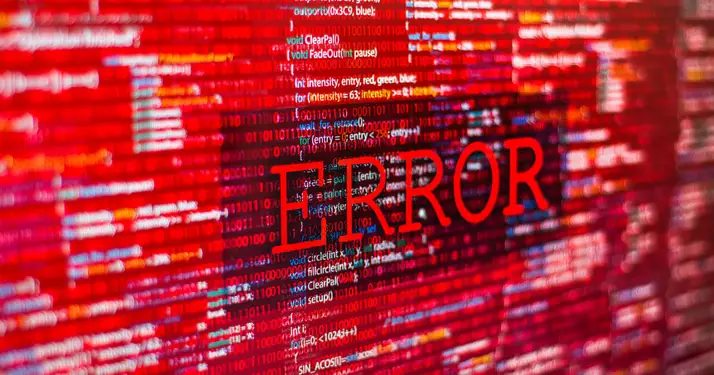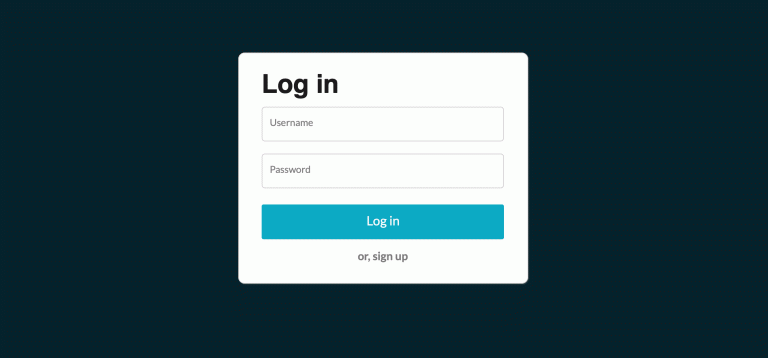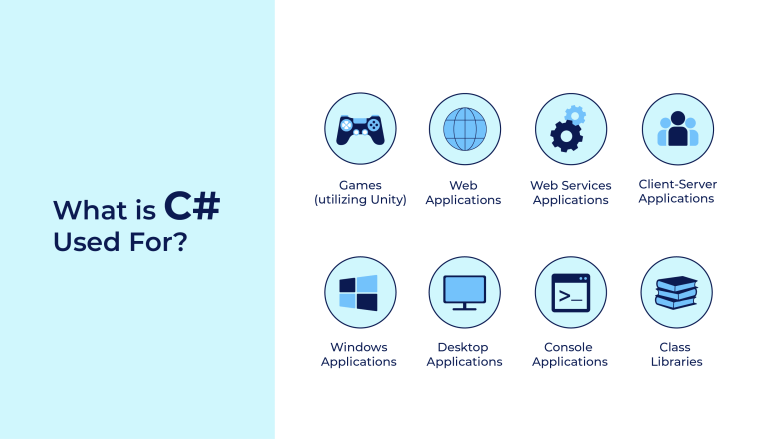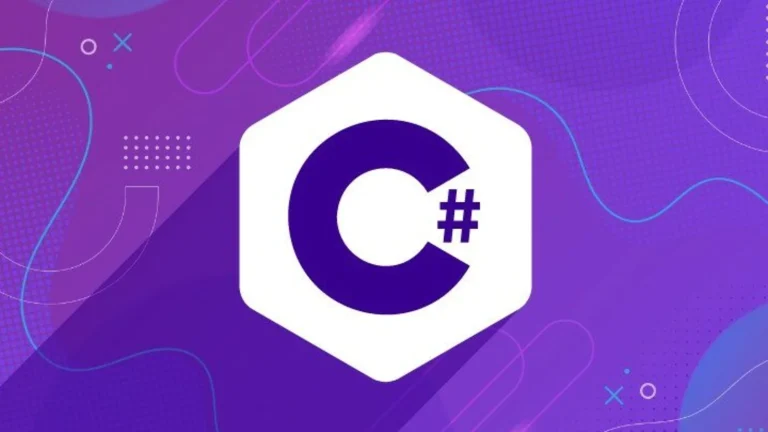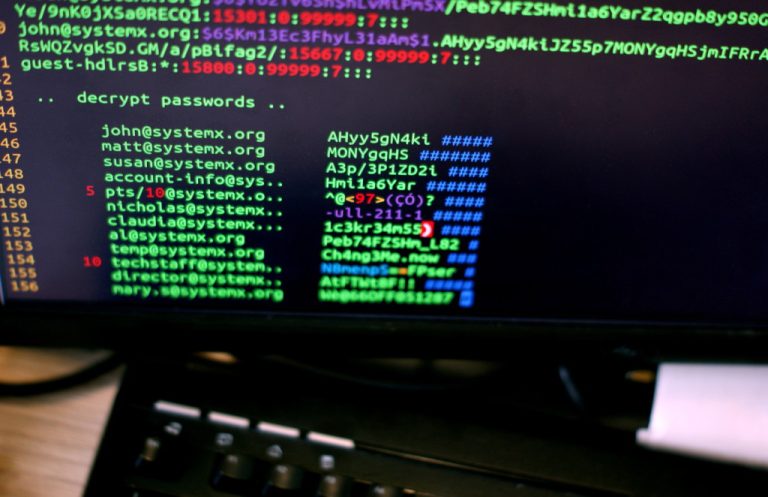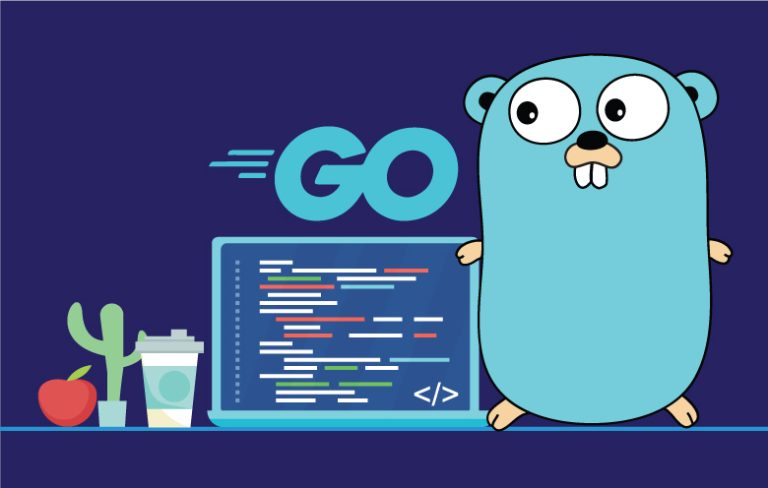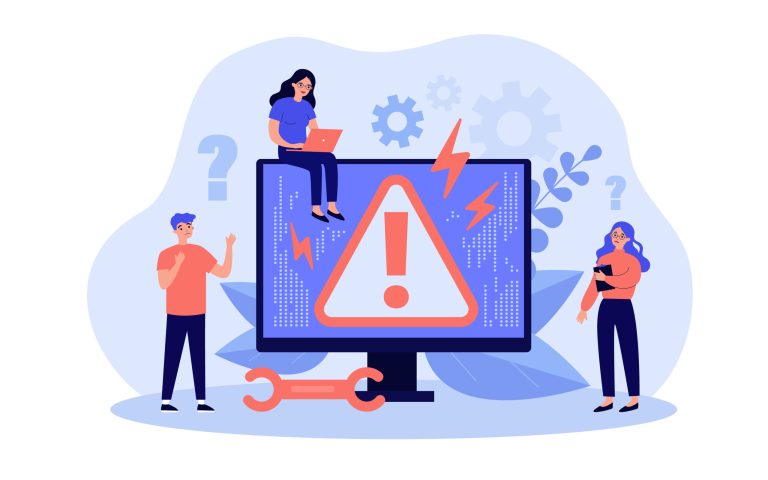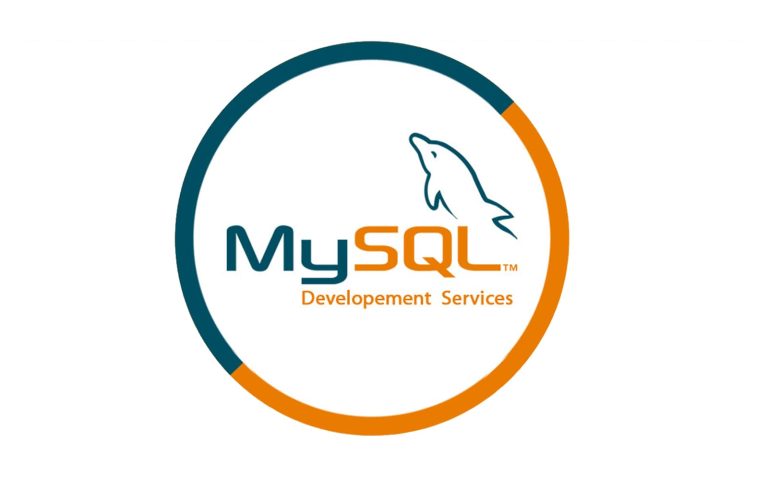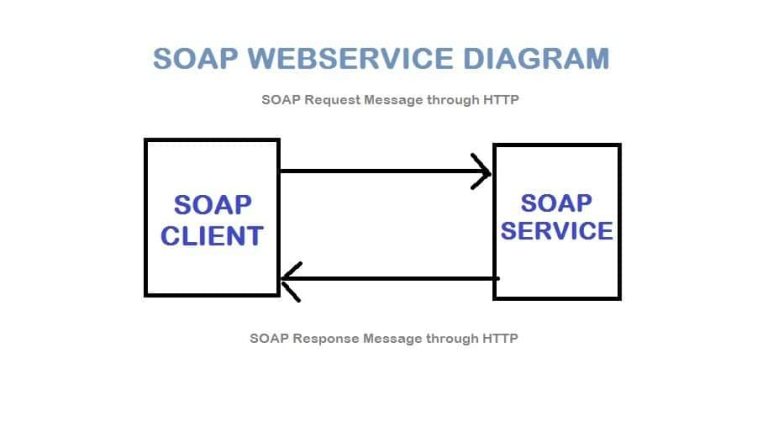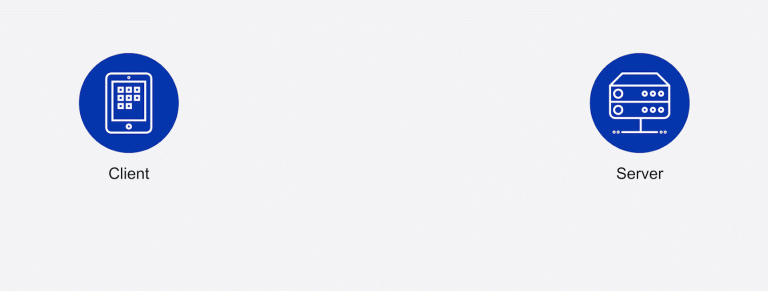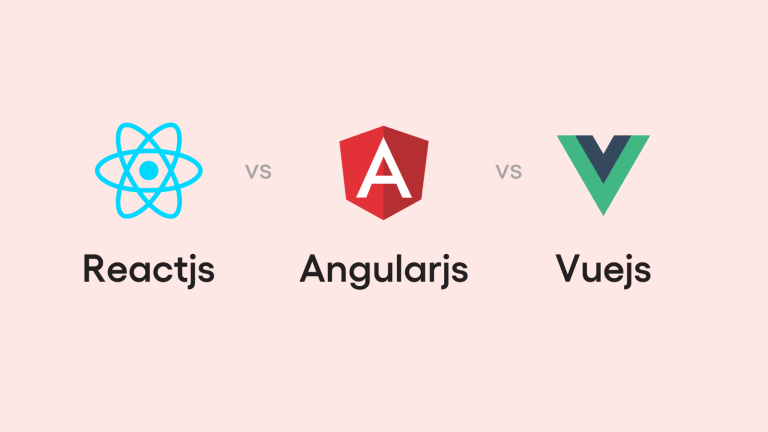Debugging and profiling are essential skills for any Python developer. Debugging helps identify and fix issues in your code, while profiling allows you to analyze its performance. In this comprehensive guide, we’ll explore various debugging and profiling techniques in Python, covering tools, strategies, and best practices.
1. Introduction to Debugging:
Debugging is the process of identifying and resolving issues in your code. Python offers several tools and techniques to aid in the debugging process.
2. Using Print Statements:
The simplest form of debugging involves adding print statements to your code to inspect variable values and control flow.
def my_function():
print("Entering my_function")
# ... rest of the code ...
print("Exiting my_function")
3. The pdb Module:
Python’s built-in debugger, pdb, provides a more interactive debugging experience. Insert the following line where you want to start debugging:
import pdb; pdb.set_trace()
Then, run your script. This drops you into an interactive debugger shell where you can inspect variables, step through code, and set breakpoints.
4. Integrated Development Environments (IDEs):
Popular Python IDEs, such as VSCode, PyCharm, and Jupyter Notebooks, come equipped with built-in debugging tools. These tools allow you to set breakpoints, inspect variables, and step through code seamlessly.
5. Exception Handling:
Catch and handle exceptions to gracefully manage errors in your code. The try, except, else, and finally blocks are essential for effective exception handling.
try:
# Code that may raise an exception
except Exception as e:
# Handle the exception
finally:
# Code that runs regardless of whether an exception occurred
6. Logging:
The logging module is a powerful tool for capturing information during runtime. Use it to record messages at various levels, helping you understand the flow of your program.
import logging
logging.basicConfig(level=logging.DEBUG)
logger = logging.getLogger(__name__)
def my_function():
logger.debug("Entering my_function")
# ... rest of the code ...
logger.debug("Exiting my_function")
7. Introduction to Profiling:
Profiling involves analyzing the performance of your code, identifying bottlenecks, and optimizing for better execution speed.
8. The cProfile Module:
Python’s built-in cProfile module allows you to profile your code at the function level. Wrap your code in the cProfile.run() function to generate a detailed report.
import cProfile
def my_function():
# ... your code ...
cProfile.run('my_function()')
9. timeit Module:
The timeit module is handy for measuring the execution time of small code snippets. Use it to compare different implementations or functions.
import timeit
execution_time = timeit.timeit('my_function()', setup='from __main__ import my_function', number=1000)
print(f"Execution time: {execution_time} seconds")
10. Visual Profiling with py-spy:
py-spy is an open-source profiling tool that allows you to visualize your Python program’s threads and stack traces in real-time.
pip install py-spy py-spy top -- python my_script.py
11. Memory Profiling with memory_profiler:
For memory profiling, use the memory_profiler module. Decorate the function you want to profile with @profile and run the script with the python -m memory_profiler command.
pip install memory-profiler python -m memory_profiler my_script.py
12. Best Practices:
- Isolate the Problem: Simplify your code and isolate the problem before diving into debugging.
- Use Version Control: Regularly commit your code and use version control systems like Git to track changes.
- Write Tests: Implement unit tests to catch and prevent regressions.
- Refactor Code: Periodically refactor your code to improve readability and maintainability.
13. Conclusion:
Mastering debugging and profiling in Python is crucial for maintaining healthy codebases and delivering performant applications. A combination of print statements, interactive debugging, and profiling tools allows developers to troubleshoot issues, optimize code, and create robust software. Regular practice, familiarity with debugging tools, and a systematic approach to profiling contribute to the overall efficiency and reliability of your Python projects.


